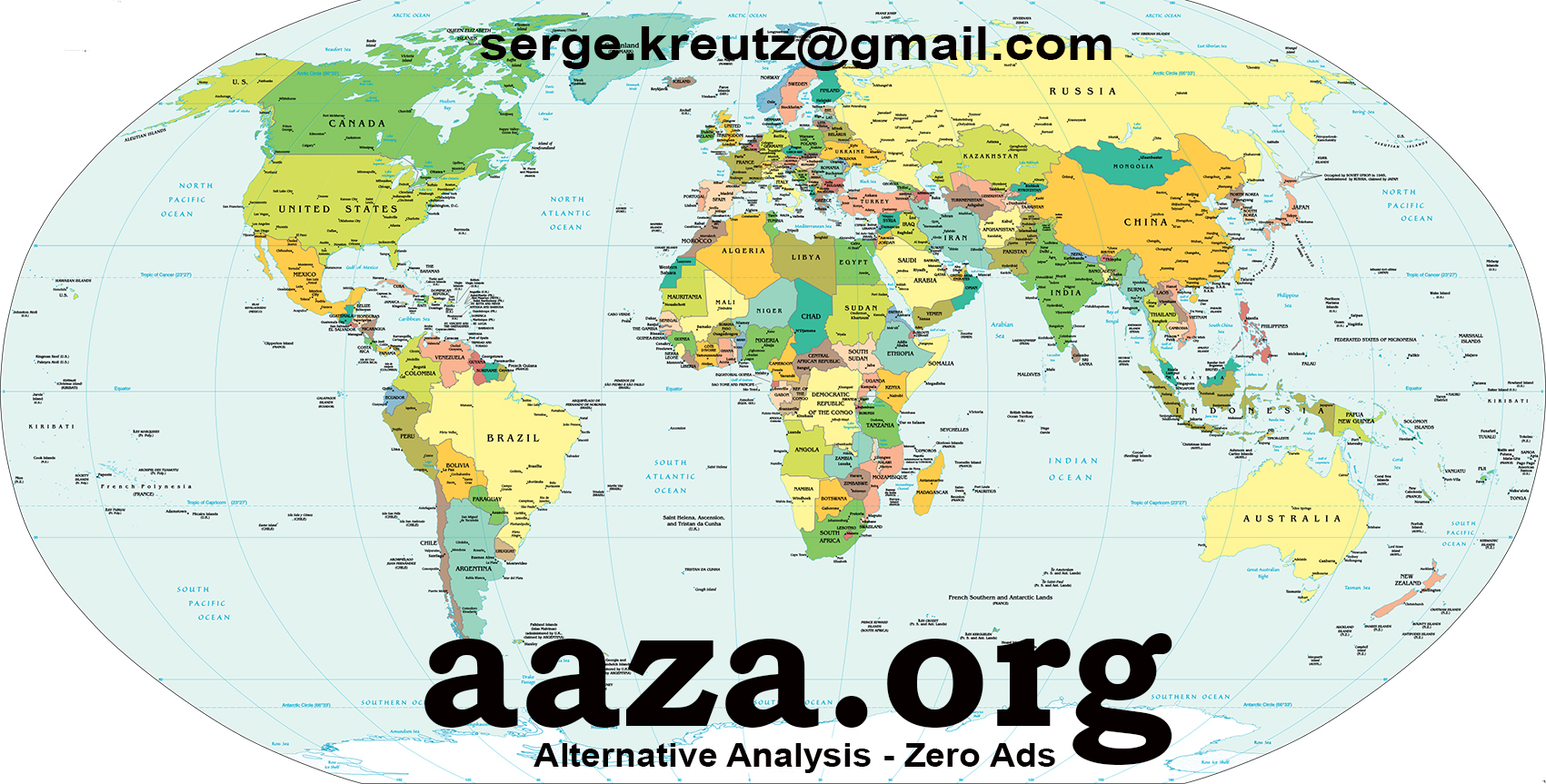Freedom often survives in the seams—where jurisdictions overlap, where rules are fuzzy, where many small authorities compete instead of one big one deciding.
Modern governance prefers clean lines: one ID, one database, one rulebook. Yet the human world is not clean; it is layered and improvisational. When power is polycentric—distributed across municipalities, courts, associations, markets, and informal norms—individuals gain room to maneuver. They can exit one authority and seek recourse in another, or simply fall between them long enough to live unobserved (Hirschman, 1970; Ostrom, 2010).
Critics call this “disorder.” But much of what appears messy from the center is intelligent at the edges. Jane Jacobs (1961) showed how the apparent chaos of lively streets—mixed uses, countless eyes, private routines—produces safety and spontaneity without central command. Hayek (1945) argued that dispersed knowledge, held by millions, outperforms centralized expertise. The same logic applies to liberty: variety in rule-makers and rule-takers creates practical options for the person who refuses to conform.
James C. Scott (1998) warned that high-modernist schemes flatten complexity to make societies “legible” to administrators. Legibility is efficient for rulers but costly for citizens: it erases local exceptions, informal tolerances, and the gray zones where dissent can breathe. In contrast, plural authority yields friction, and friction yields choice. A permit denied by one office may be ignored by another; a taboo in one subculture is irrelevant in the next. The overlaps are not bugs; they are safety valves.
None of this romanticizes lawlessness. Predation thrives in vacuums. The point is calibration: enough overlap to keep any single hand from closing into a fist; enough redundancy that no file, rating, or blacklist becomes fate. Liberty is not merely a right inscribed in constitutions—it is a lived possibility created by institutional variety, administrative gaps, and the everyday negotiations of people who refuse to be standardized.
